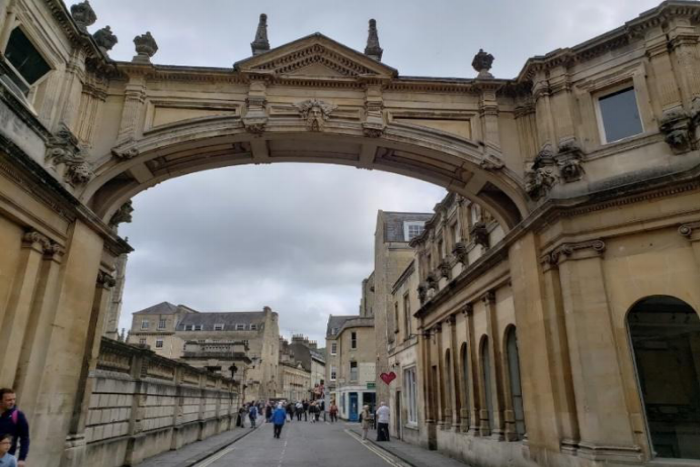MrSteam Goes to Bath: A Pictorial Tour
The Roman Baths in Bath are the best preserved ancient baths in northern Europe, as well as a World Heritage site and the only thermal springs in the UK. When MrSteam had the opportunity to visit recently, we not only caught a glimpse of our distant past, but also realized anew why steam bathing has always been such a compelling way for people to rejuvenate their spirits and their bodies.
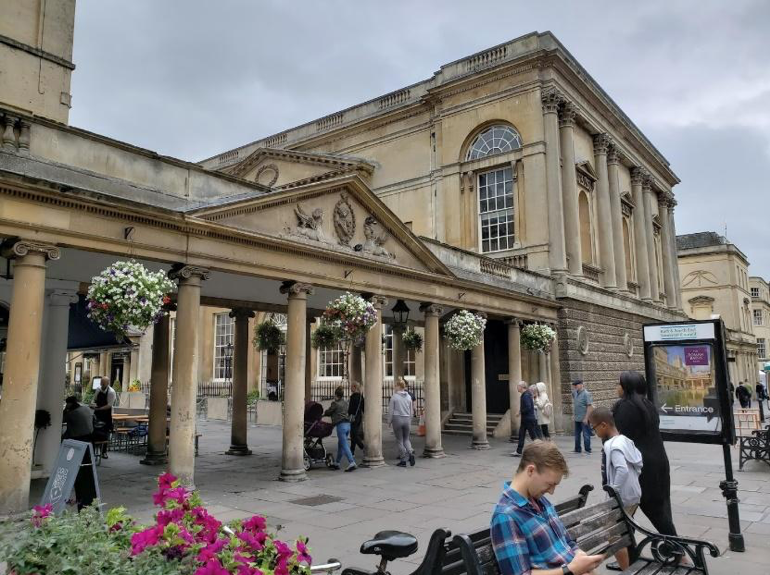
The mix of architecture from ancient Roman to Georgian Palladian buildings reminds many of us of how we first learned about this resort city – from 18th Century authors such as Jane Austen, who used Bath as a backdrop in her novels, Northanger Abbey and Persuasion. This city’s legacy began before the Romans and extended long after they left Britain – and it remains a popular tourist attraction today.
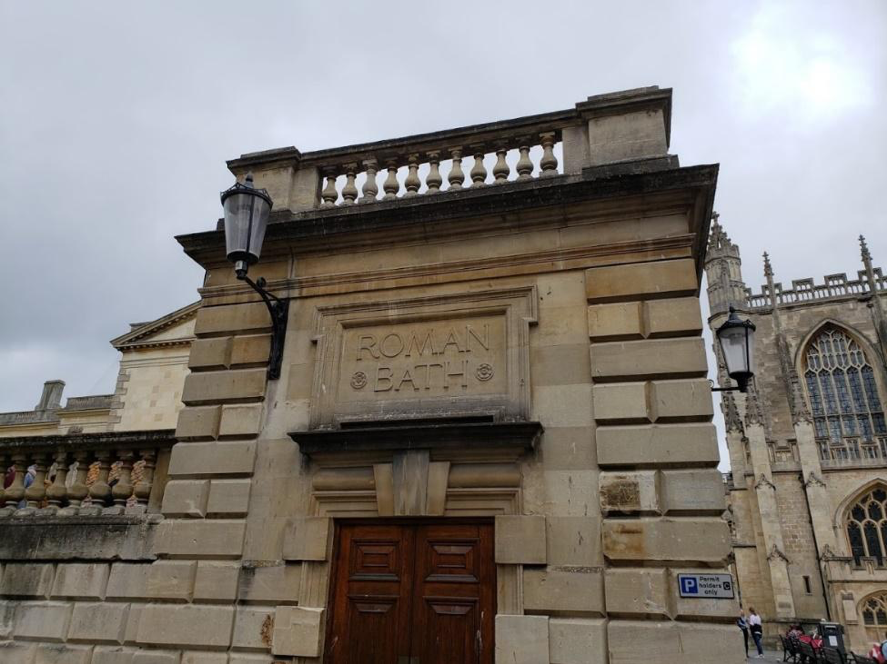
The Romans landed in the south coast of England in 43 AD, and discovered the hot springs at Bath, which were dedicated to the ancient goddess of Sulis. Recognizing the spring’s spiritual and therapeutic qualities, they set about constructing the most dramatic suite of public buildings in Roman Britain. The baths and a temple complex were fully operational by 76 AD.
The Romans named the settlement Aquae Sulis, or the Waters of Sulis, and considered it, as Seneca explains in Epistulae ad Lucilium, a divinely blessed place: “We adore springs of hot water as divine, and consecrate certain pools because of their dark waters or their immeasurable depth.”
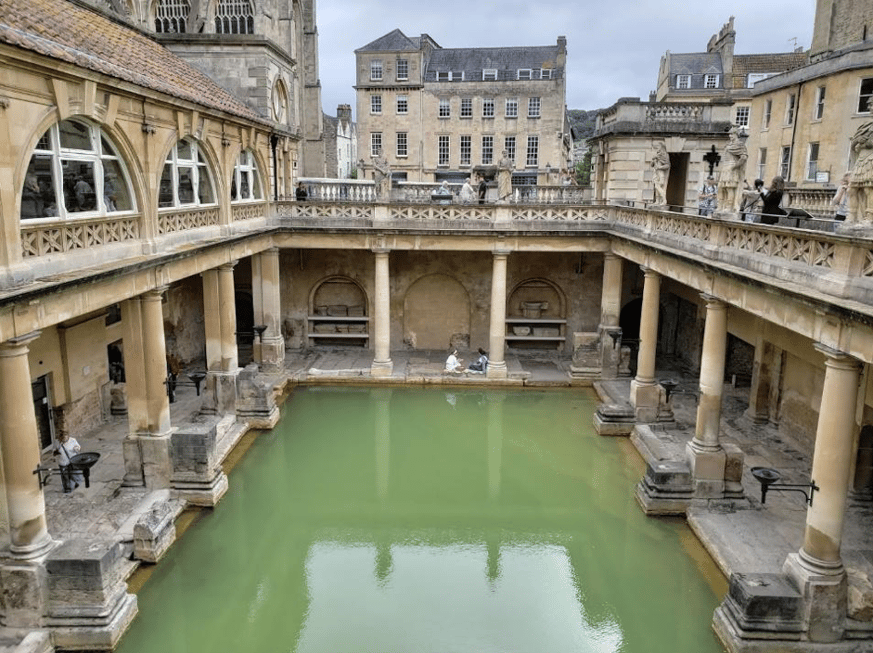
Visitors to the site today cannot help but be captivated by the serene beauty of the largest pool. While the extensive use of lead to line the baths means bathing is no longer permitted, the restoration of the ancient baths draws visitors from all over the globe.
(And if you really want to immerse yourself in the mineral rich waters of Bath, you can visit a much more modern local resort, the Thermae Bath Spa.)
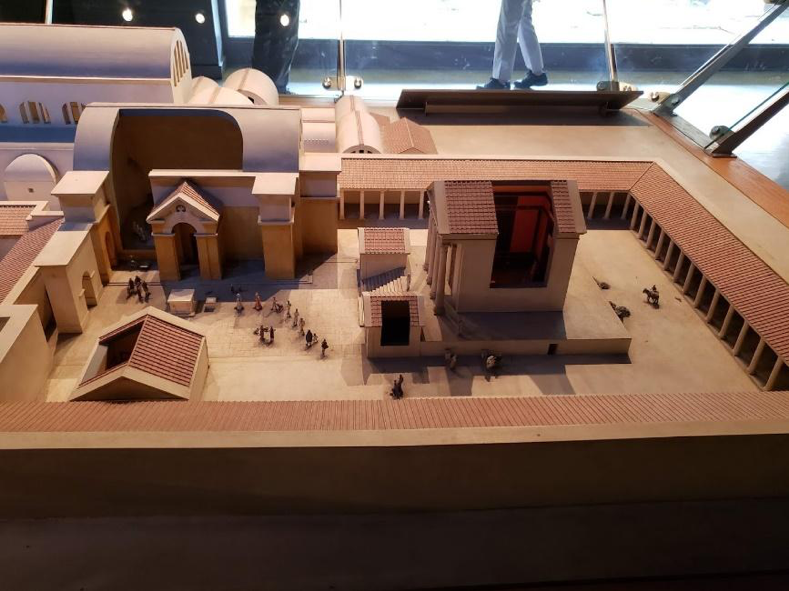
Because of its unique healing qualities, these baths became much more than a typical Roman bathing house. The curative nature of the hot springs and the ancient worship that took place here gave rise to the Temple of Sulis Minerva in the 4th century AD. As shown in the model here, the courtyards and bathing halls provided space for hundreds of visitors from all over the Roman world.

The current World Heritage site includes countless artifacts from the ancient world, including the mosaic fragment shown above. People came to the spring to give gifts to the Goddess. Archeological excavations have uncovered thousands of coins, jewelry, and pewter and silver cups and dishes, usually inscribed with a dedication to Sulis Minerva.
The Romans typically co-opted the gods and goddesses of the people they conquered, and Sulis was no exception. Because she was renowned for her healing, wisdom, and possibly her military prowess, the Romans considered her equivalent to their own goddess, Minerva. So they married the two deities in a single name: Sulis Minerva.
The gilded bronze head from the cult statue in the photo above is one of the treasures of Roman Britain. It was discovered in 1727 when workmen were digging in a sewer beneath Stall Street, probably a fragment of the statue which once presided over the Temple complex. The rest of its body has never been found.
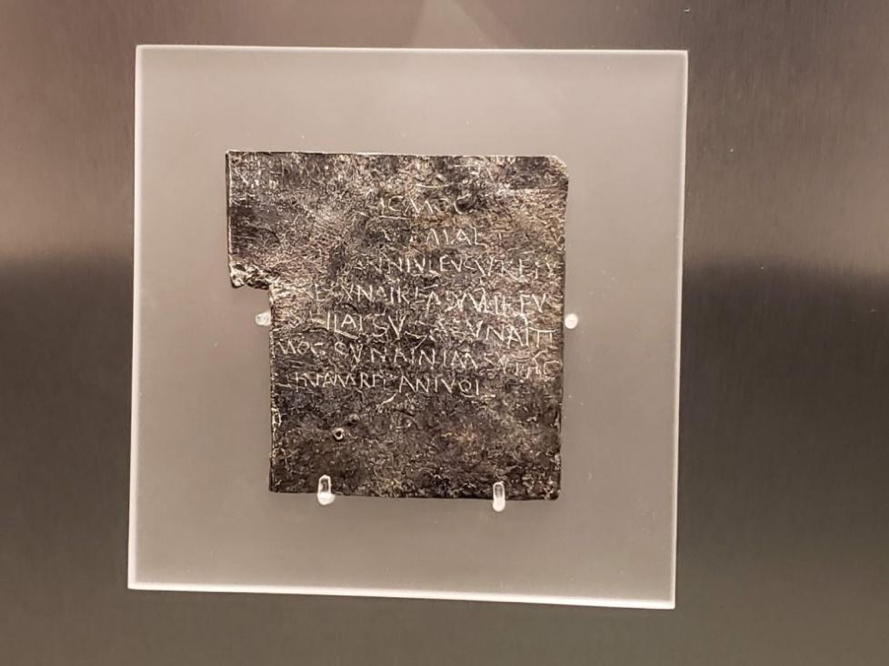
The Sacred Spring was a place where ordinary people – not just priests – could communicate directly with the Goddess. Scribes would write a message on a sheet of lead or pewter, as shown above, which people would then throw into the spring. For the most part, these messages took the form of curses – when someone stole a cloak and bathing tunic from the bathing house, for instance – implicating any suspects.
These Roman curse tablets are the earliest prayers found in Britain. Inscribed in the UNESCO Memory of the World Register as significant documentary heritage, they are the only documents from Roman Britain on that list.

The site is peppered with some amazing facts, including the following:
- This was one of the tallest buildings in Roman Britain, with the roof 20 meters above the bath. Roman visitors would have been amazed by its high ceiling.
- The distinctive green color of the water comes from algae growth caused by heat and sunlight.
- The water flows at a rate of 250,000 gallons per day and reaches 115 degrees F.
- There are 43 minerals in the water, including calcium, sulphate, sodium and chloride.
- The hot springs functioned as a normal bathing house, but they were also curative in nature, and the huge swimming pool allowed many to swim at the same time.

From ancient times until the 20th Century, doctors recommended bathing here for diseases such as leprosy and other ailments, such as gout, palsy, obesity, and colic. While not all of these ailments could be cured by a plunge in the warm waters, it is remarkable to note how many modern diseases can, in fact, be alleviated by steam, including skin issues, respiratory diseases, and sore muscles, among many others.
Enactors of ancient Roman soldiers, citizens, and slaves entertain modern-day visitors. In addition to amusing bewilderment as to the location of the United States, these actors remind us of the many people who came to bathe in the sacred waters, to cure various ills, and to pray. Here people would congregate daily, listen to philosophers, eat and drink, and rejuvenate their spirits and bodies with scented oil massages and music – similar to the way steam bathing can restore us today when we combine steam with aromatherapy and music therapy.
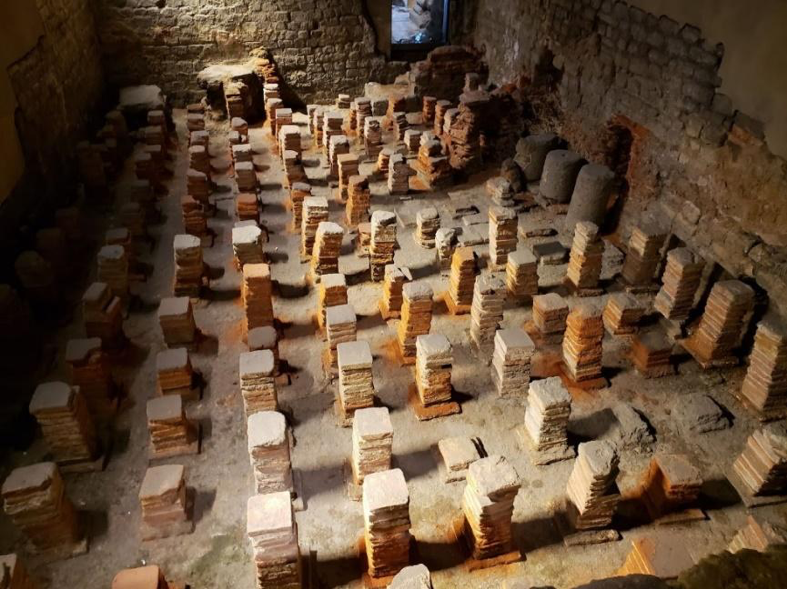
Seneca is again quoted as saying: “The picture is not complete without some quarrelsome fellow, a thief caught in the act, or the man who loves the sound of his own voice in the bath – not to mention those who jump in with a tremendous splash.”
The Great Baths was the largest of the pools, with six alcoves built into the outer walls for people to relax. Bathing was extremely important in Roman society. Even the simplest of bathing houses would include undressing room (apodeyterium), a cold plunge bath (frididarium), and warm and hot steam rooms (tepidarium and caldarium) with underfloor heating, or hypocasts like those shown on the left from Bath’s women’s section.
Bath was large enough to provide separate facilities, so men and women could bathe at the same time, unlike many simpler houses where men and women could only attend at different hours.
After the Romans were forced out of Britain, the baths continued to attract those who wished to bathe in the waters to heal themselves. In the Middle Ages, belief in the power of the hot springs reemerged in the legend of the prehistoric Prince Bladud, who supposedly cured his leprosy by plunging into the thermal waters.

In addition to immersing in the great pool to cure diseases, doctors recommended drinking the waters as a remedy for internal conditions. As Dr. William Oliver said in 1707 in A Practical Dissertation on the Bath Waters: “If they can’t be cured by drinking and bathing here, they will never be cured anywhere.”
As shown above, visitors to Bath today are invited to try drinking waters. (They are warm and have a slight mineral taste.)
The first Pump Room opened in 1706, and after Queen Anne visited in 1723, the city became a fashionable resort. Bath developed a reputation as the place to visit for the sake of one’s health, supposedly able to heal fits, obesity, leprosy, weak stomachs, aches, rheumatism, colic, low spirits, and gout. In 1800, the Bath Guide listed 18 active surgeons, 25 physicians and 28 apothecaries or chemists. Obviously, the state of medicine in those days meant some of these practitioners were quacks, making their living at the expense of the desperate. As Jane Austen wrote to her sister, Cassandra, when their brother Edward came to Bath: “He drinks at the Healing Pumps, is to bathe tomorrow, & try Electricity on Tuesday… but I fancy we are all unanimous in expecting no advantage from it.”
Fashionable days were filled with visits to the Pump Room and the baths, promenades in the city streets, shopping, and gossiping in the coffee houses. Evenings would be spent attending concerts and balls in the Assembly Rooms, as well as gambling. A visit to the ballroom, now located in Bath’s Fashion Museum, brings visitors to the same room where Jane Austen herself would have listened to music and danced.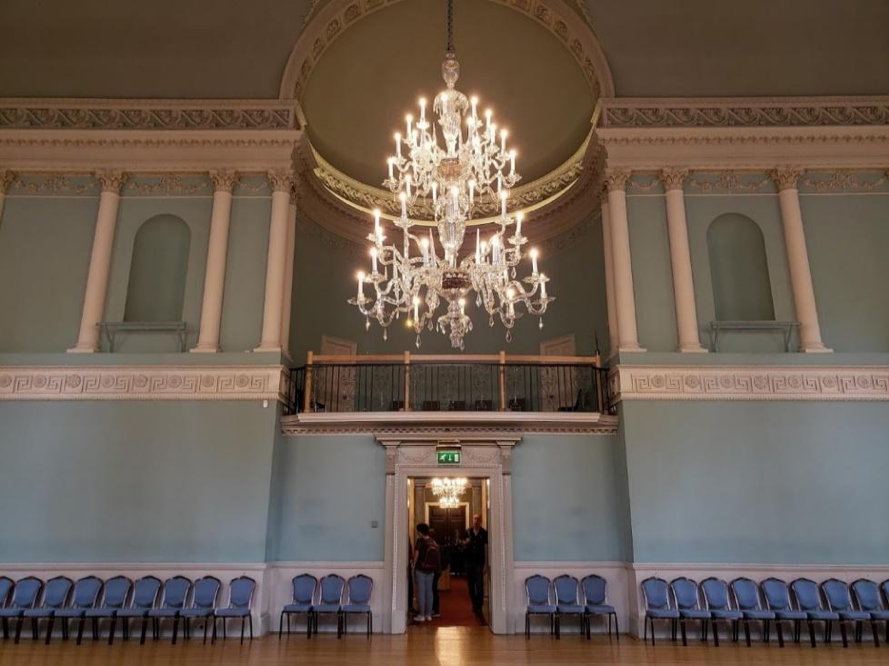
Visitors to Bath cannot help but be delighted with the resort’s spiritual, curative, and social past – and inspired to carry on the ancient tradition of steam bathing, either in our own homes or in more public settings such as spas, hotels, and health clubs.
All photos courtesy of Alex Cameron.

 SEARCH
SEARCH
 FIND A DEALER
FIND A DEALER

